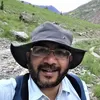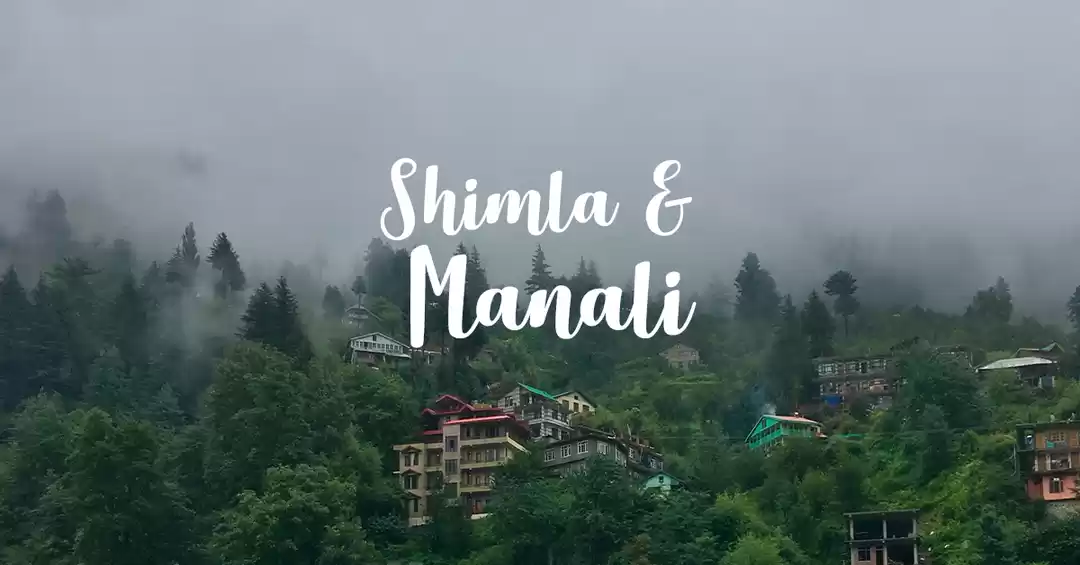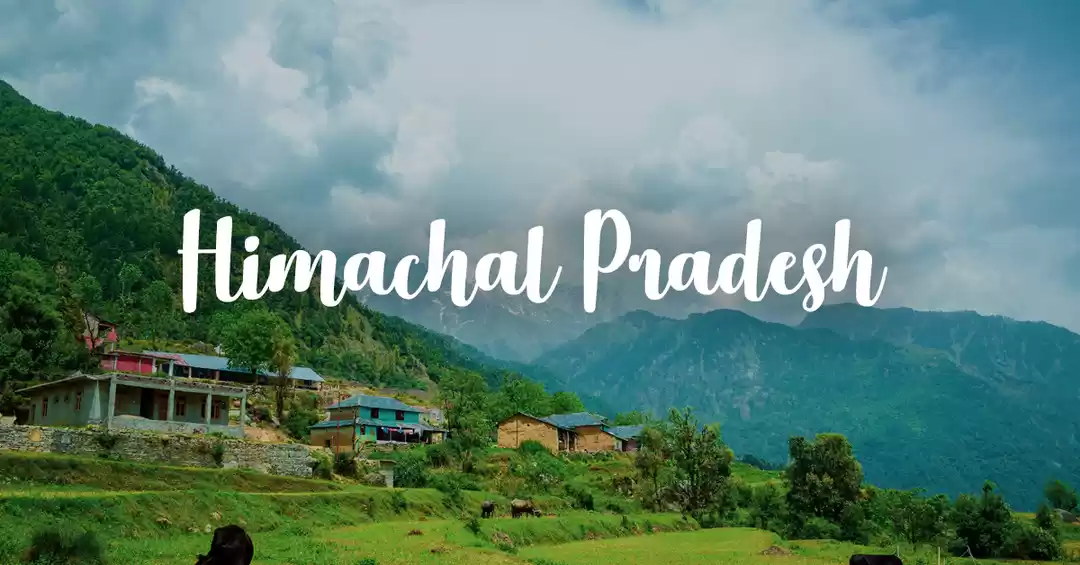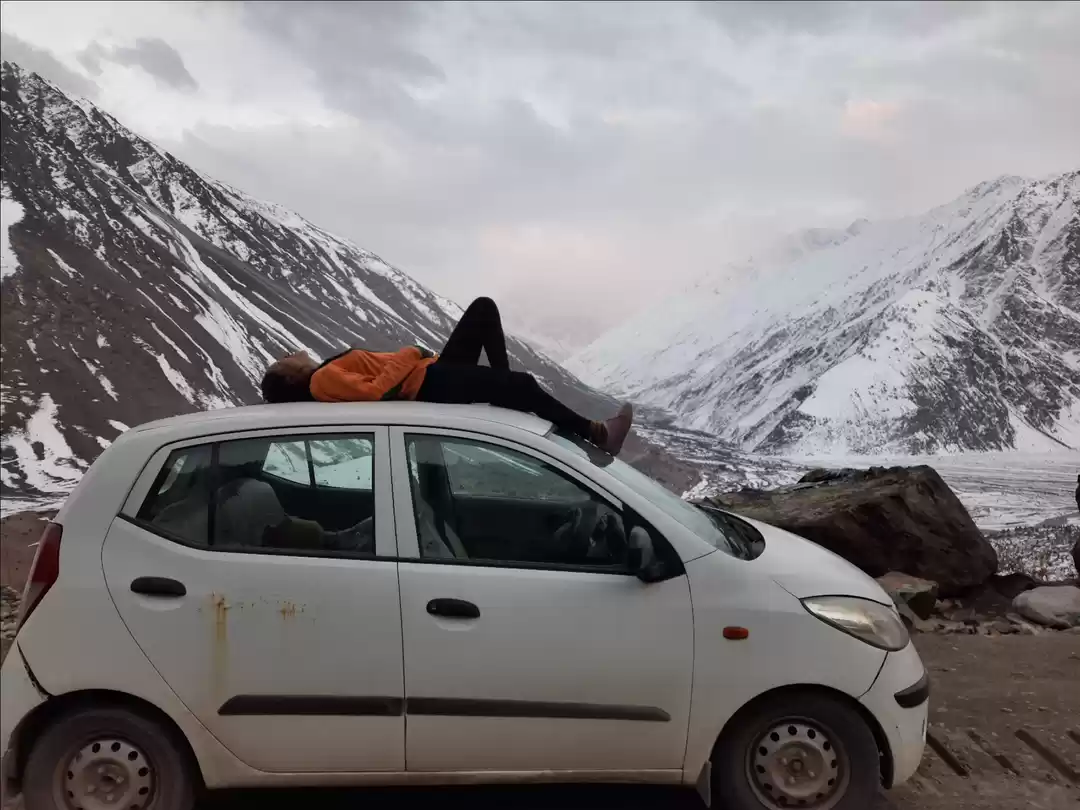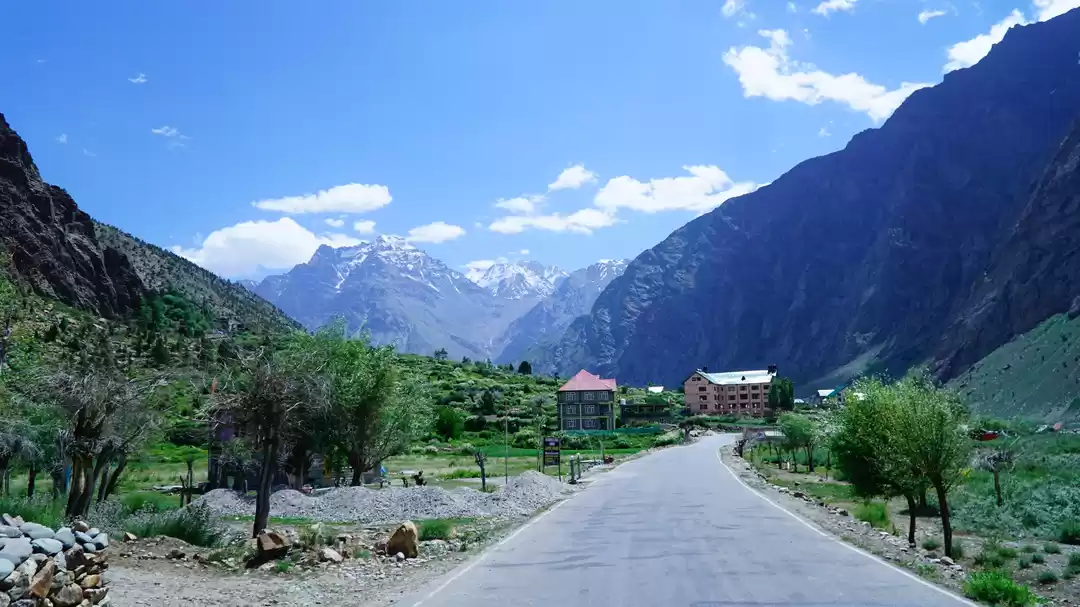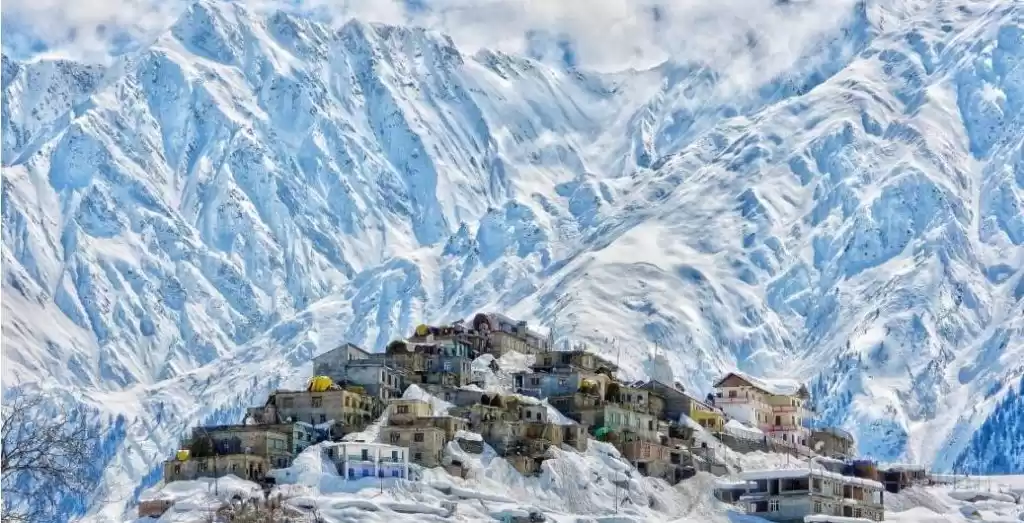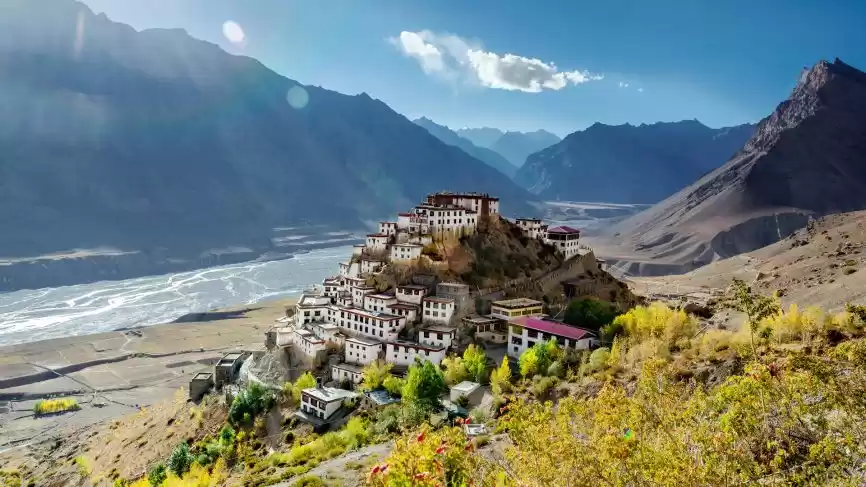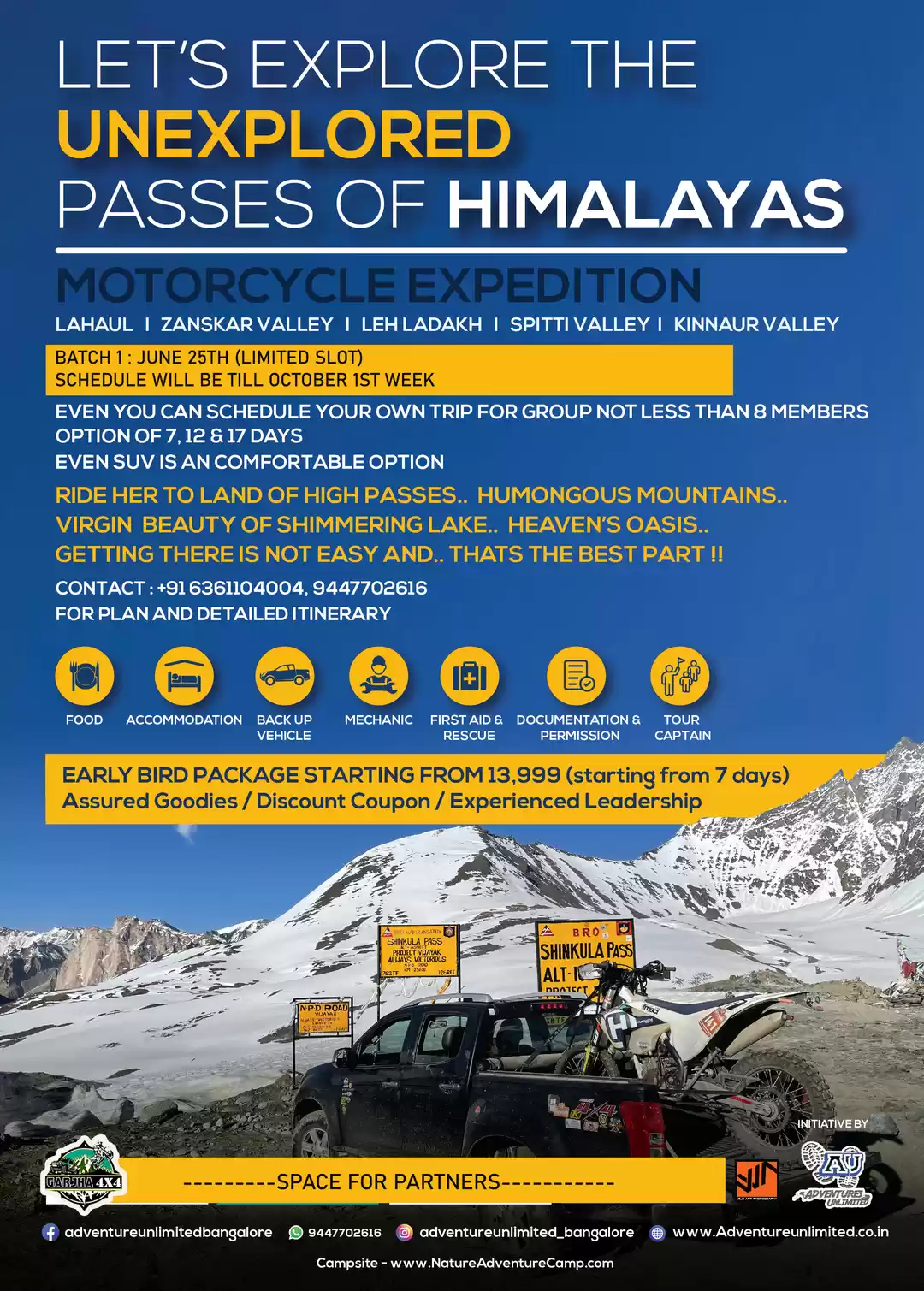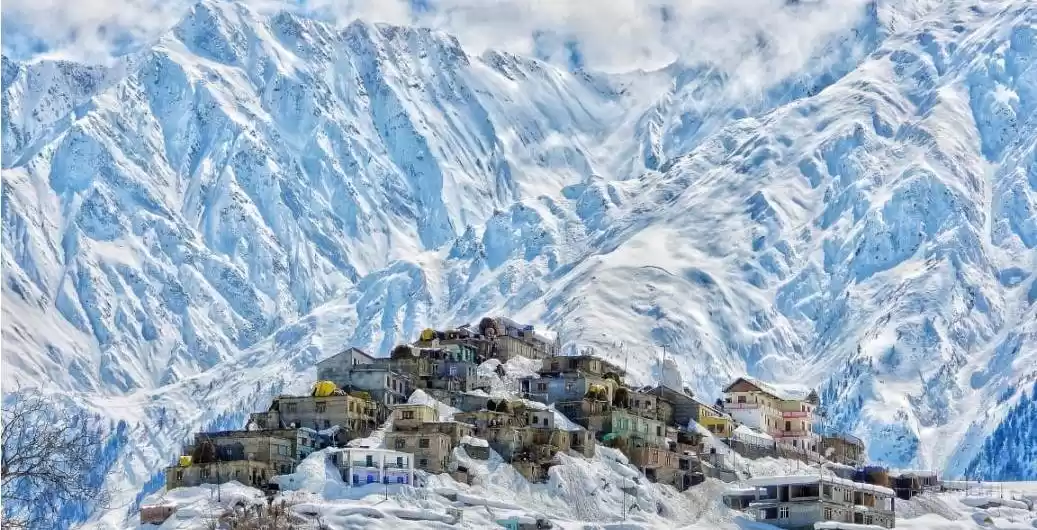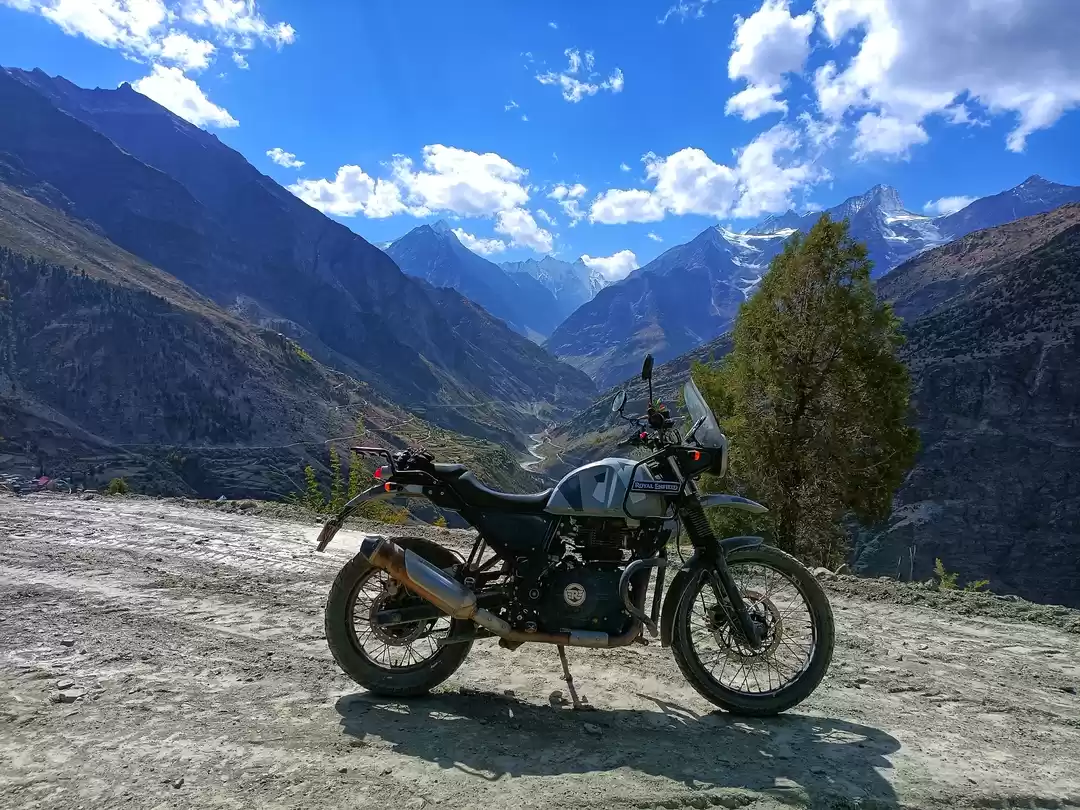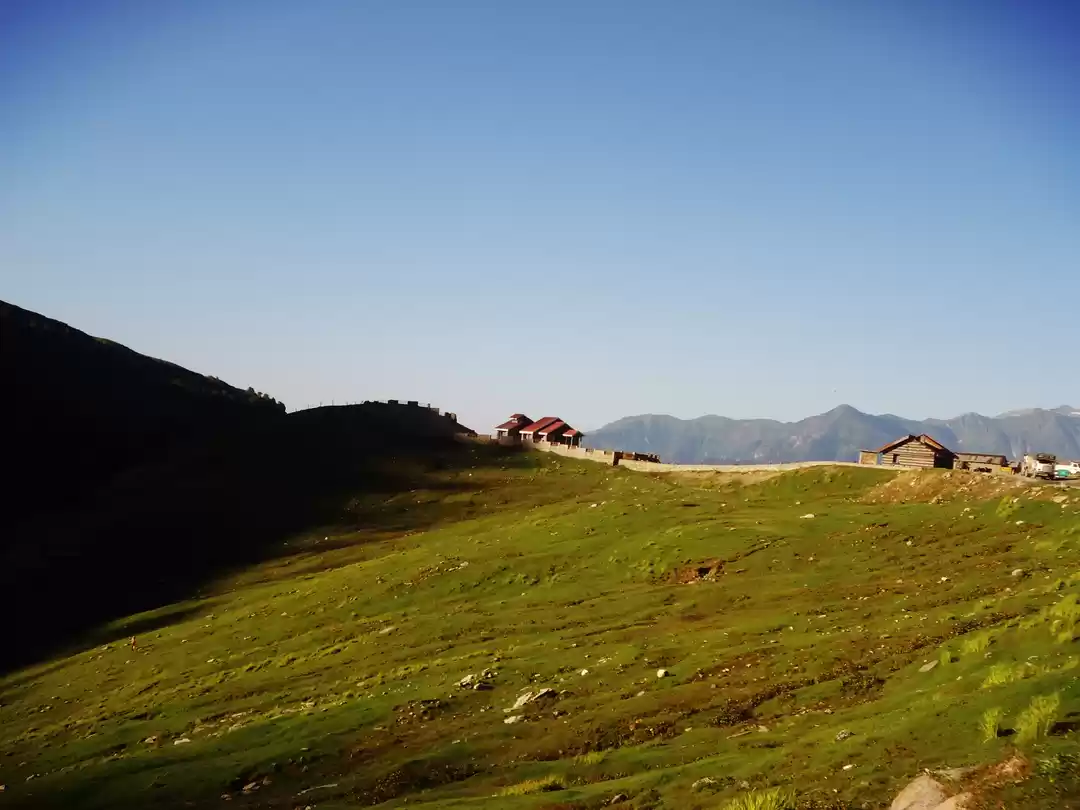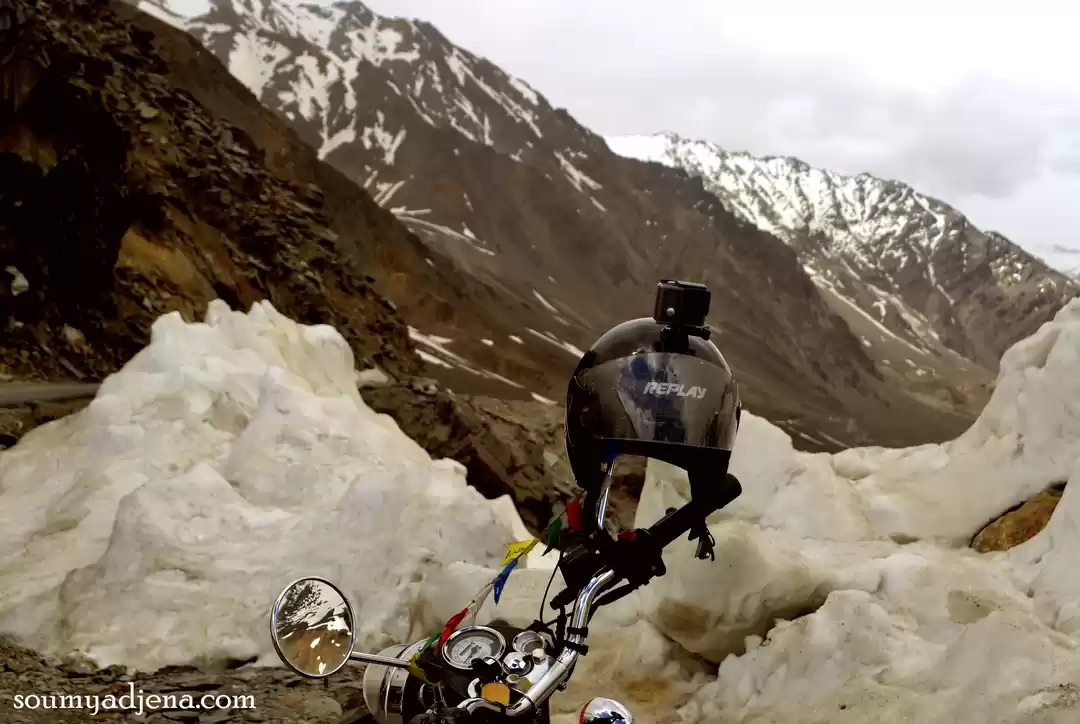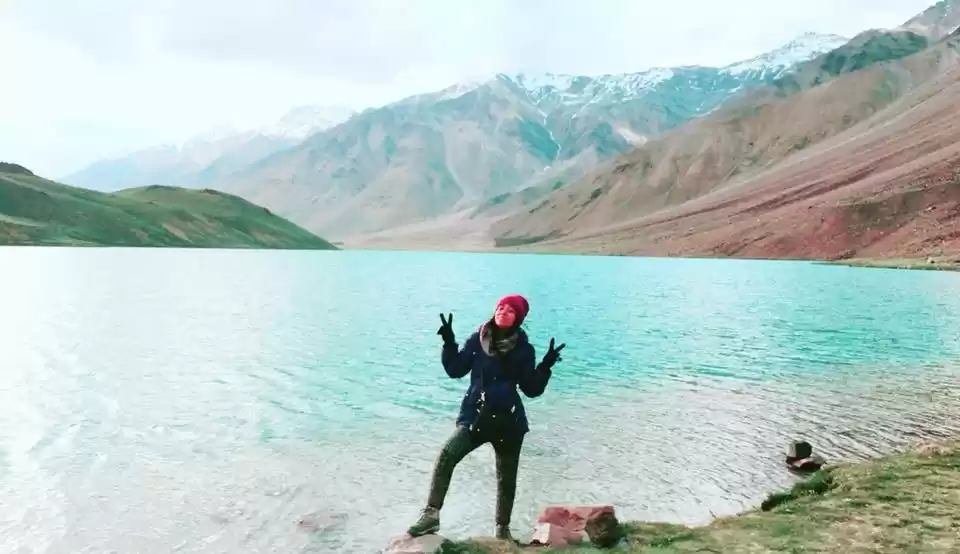
Introduction
As a Research Fellow at the Indian Institute of Advanced Study (Shimla) for two years, I had realized quite obviously and early how my long stay in Himachal offered opportunities for travel in the distant, lesser known and visited parts of this Himalayan state, like the districts of Lahaul and Spiti, and Kinnaur. One could do a trip from Shimla using local expertise and contacts more easily to these regions which are otherwise somewhat cut-off from the regular travel circuits and relatively inaccessible. My senior colleague and friend Ratnakar Tripathy, a champion walker, and I, had spent many weekends exploring the hills and villages in the vicinity of Shimla in the first six months of our stay there; and we felt that it was time to cast our net wider, towards Lahaul. It was the summer of 2017. June, to be precise. And Shimla was bursting with tourists and struggling with water shortages even as it grew uncomfortably warm in this erstwhile summer capital of the British. Work at the Institute was also showing signs of slackening because of the increasing heat which, by local reckoning, was harsher this year than usual. Our Himachali friends were especially downcast, unused to prolonged spells of over 30 degrees C mean daily temperature. In an alarming development for an extremely sociable community that we were at the Institute, they had taken to writing poetry of despair and lamentation at the drop of a hat, complaining about the dismal state of the world. It was the right time to leave Shimla for some time and head for the cooler climes of Lahaul!

Keylong, the district headquarter of Lahaul and Spiti, lies approximately 360 kilometres North-East of Shimla via Manali, in the main valley of Lahaul. Our destination was the Kolong Retreat, a hotel recommended highly by our friends in Shimla, which lay a further 17 kilometres off Keylong inside a cut on the Manali-Leh highway. We hired a sedan for the journey and roped in one of the most trusted drivers known to us in Shimla for the journey, Lali ji. He had almost become a friend to many of us Fellows at the Institute. He was very good at navigating hill roads, a great help in tricky travel situations and wonderful company; and had a large network of other, equally reliable, drivers (Contact can be supplied on request).
To us, the journeys we had done in Himachal mattered as much as or even more than the destinations we were going to. There is always so much to see and do on the way: miles and miles of breathtaking mountain scenery; pretty, road-side nooks and crannies with great views; friendly, impossibly positioned snack stalls on the rim of hill roads where you can sip hot tea as the mist swirls around you; hill and stream-side dhabas with piping hot food; spectacular bridges over tumultuous rivers; nerve-racking bends and turns on high, very high, roads; Himalayan animal herds grazing leisurely in vast but gently-sloping glades and meadows wedged between valleys; monasteries tucked away into or perched atop high, craggy ledges…One can go on and on about the endless series of vignettes, picture-postcard like, that come into view one after the other on any journey in upper Himachal. So it is important to travel comfortably and well, even if it can be a little expensive, so that you don’t get distracted by the many glitches that can so often be the bane of travel in India.
Day 1
Starting early in the morning from Shimla, we wanted to make it to Manali by nightfall. The distance is about 245 kilometres, and with food, fatigue and scenery stops, can take up to 7-8 hours. This route goes via Ghanahatti (on the outskirts of Shimla), Darlahaat (a bit of non-Himachal-like, industrial area which you will pass through quickly), Deoth, Ghaghas (which has an unexpectedly well-stocked fish market), Barmana-Saleper (where the road briefly runs parallel to the scenic Satluj river in the valley below, about 95 kilometres and 3 hours from Shimla), Sundernagar (former capital of the princely state of Suket which has a few heritage structures and a large lake made by diverting water from river Beas) and Kullu.
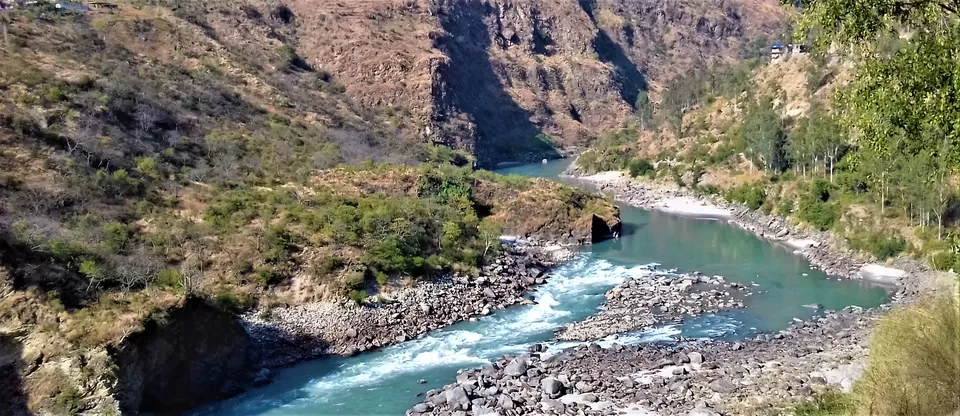
Just after Sundernagar, there is a stretch of the highway with a heavy concentration of tall Poplar trees, and in this season, when their leaves turn yellow, they look stunning. Of course, once the road to Manali begins to hug the Beas, you will not be able to take your eyes off the scenery.
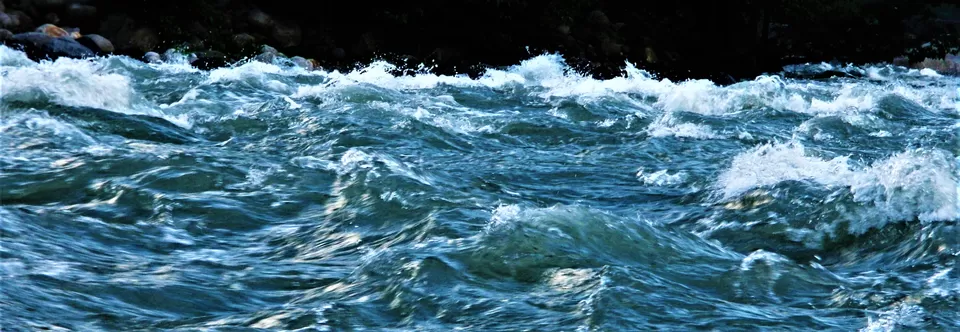
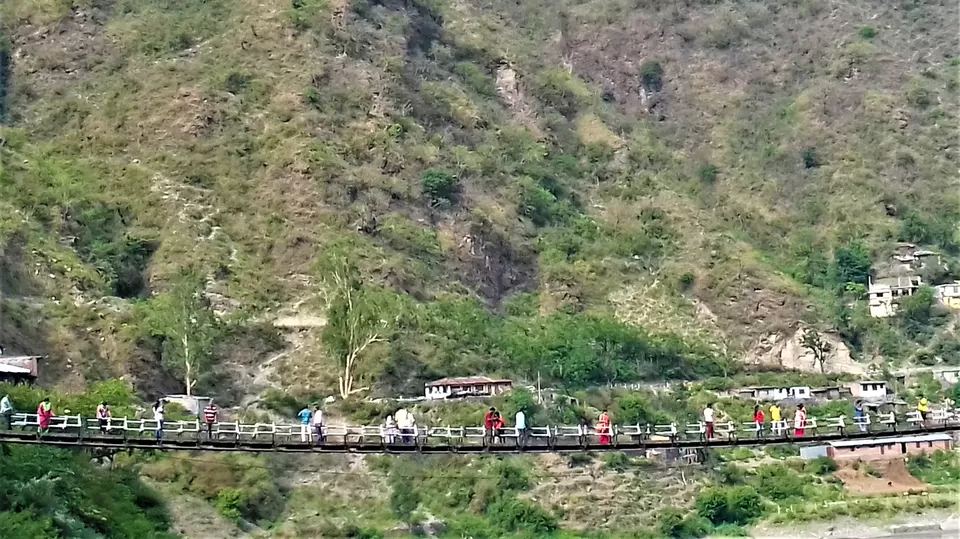
Manali has many, many hotel options so I will not make any recommendations here. The HPTDC hotels are a safe bet but you need to book in advance. The Mall area, now made swanky with fancy tiles, lamp posts and benches, has a wide variety of eateries, as does Old Manali. My all-time favorite is an old Italian cafe slightly off the main area, on the way to the Hidimba Devi Temple, called Il Forno.

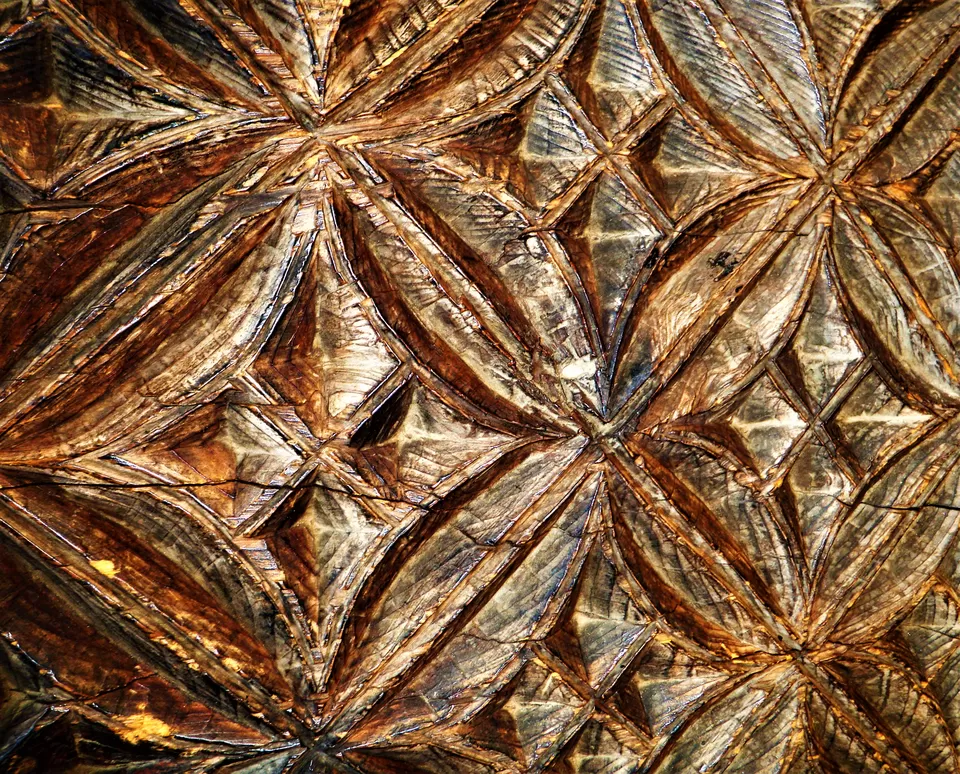
Day 2
Since this was not a Manali trip, and we had some time on hand before we could obtain a vehicle permit for Rohtang Pass, which we would have to cross to enter the Lahaul Valley on the other side , we decided to go to the Roerich Estate (http://irmtkullu.com/) in the nearby village of Naggar (23 kilometres, 45 mins.) briefly. Once home to the famous Russian painter Nicholas Roerich (d. 1947), this Estate, with a museum of his paintings and an art gallery that supports budding artists, celebrates his life and work. Set in a terraced garden, nestling between a set of deodar-covered hill slopes, the Estate makes a pretty picture. Roerich's collection on the Himalayas shows you that he had found something deep and personal in the mountains, and in turn gave them shades and forms in his paintings that reveal a rarely sensed mysterious aspect to them. The 15th century Naggar Castle, once the abode of the Kullu Kings and now an HTPDC hotel, and the similarly old Tripur Sundari temple close by, are also of interest for the discerning.
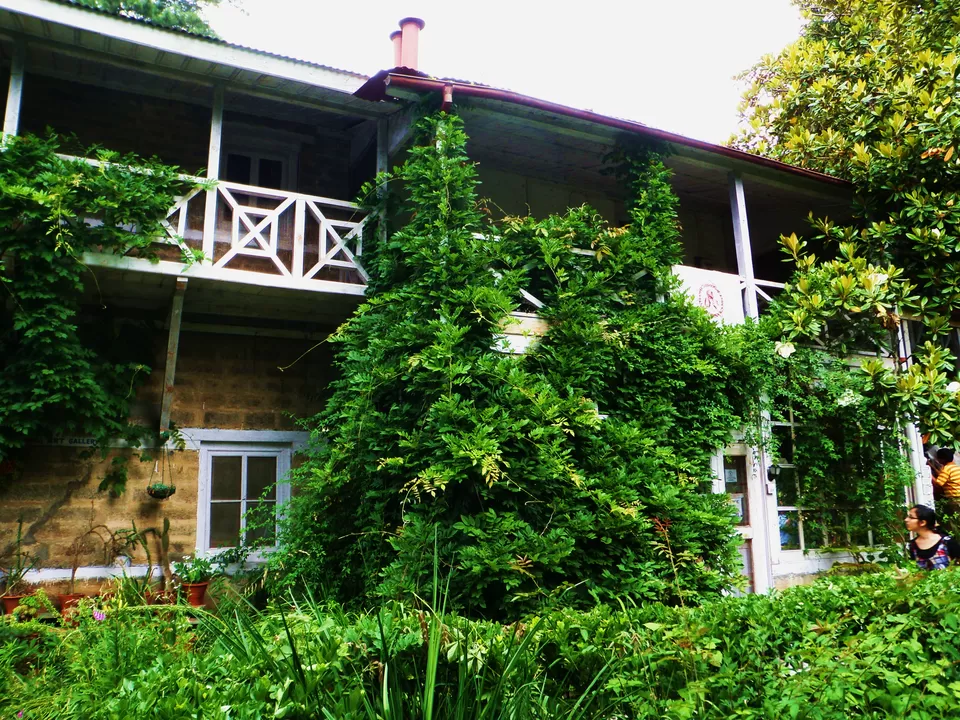

We started from Manali for Kolong Retreat after lunch, and it took us about 132 kilometres and a good 6-7 hours to reach our destination. The road from Manali (2050 m) to Rohtang La (3978 m) is scenic but much of your enjoyment of it will depend on how heavy the tourist traffic is on a particular day. The Pass itself is usually choking with over-enthusiastic tourists, and the filth and grime they leave behind. But once you are on the other side, crossed over into the valley of Lahaul, it is sheer bliss. In our case, the crossing was rather dramatic. Fortunately, just as we reached Rohtang, a sudden blizzard set in. It felt like we were in a windy tunnel of snow and ice, and all the ugliness of the Pass got shrouded in rain and hail. When we came out on the other side, only a kilometre ahead, the landscape was free of the crowds, there was only a clear vista of the majestic snow-capped peaks of the Lahauli mountains in the distance, bobbing out from behind each other in an endless sequence. And the sun was shining brilliantly, filling the atmosphere with golden and silvery rays of light, creating a rainbow of colors. I believe that such abrupt changes of weather at the Pass are fairly common but only those who cross it are privy to the spectacular views on the other side.



Much of the rest of the journey, past Kokhsar and Sissu and then Keylong (3080 m), to Kolong Retreat, was a gentle drive into the valleys of the Chandra and Bhaga rivers that meet near Keylong, creating the mighty Chenab. The road was bad in patches but nothing that cannot be handled. It was pitch dark by the time we reached our hotel, and we were very tired, so we retired immediately after a quick dinner. The temperature at 10 pm at Kolong Retreat Hotel was 12 degrees C, sufficiently cold for you to want to snuggle deep into your quilt for a good night’s sleep.
Day 3
Guess what surprise awaited me the next morning? As soon as I woke up, my eyes were blinded by a flash of brilliant light. When I sat up and looked out closely, shading my eyes with my palm, out jumped the vision of a huge peak, covered with pristine, white snow! Outside, from the balcony of the upper floor of the hotel where my room was located, the entire ring of peaks surrounding the hotel came into view. At about 15 degrees C, the cool and crisp air of the valley filled my lungs with freshness and vigor.
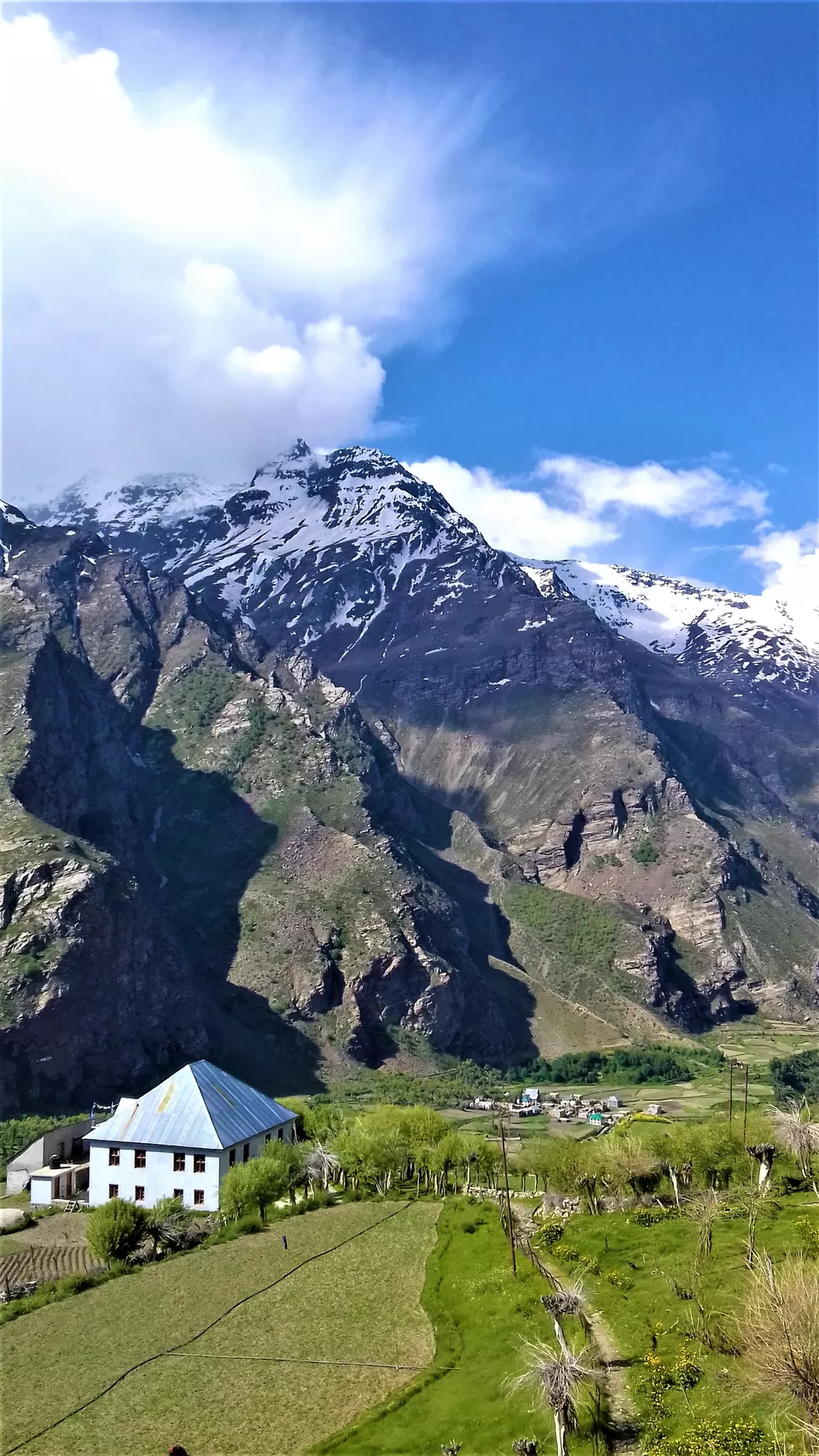
After a light breakfast of eggs, buttered toasted, cornflakes-milk and tea, and having packed a lunch of aloo parathas, ubiquitous picnic food in Himachal, we set off on a day-long trek up from the hotel to the Khangsar road, which forms an upper-level loop parallel to the Leh highway below. Kolong Retreat is located between these two roads, the upper Khangsar one and the lower highway, strategically offering access to both while shielding the hotel from the dust that is common on Lahauli roads in the dry season. Our plan was to go down from the Khangsar ledge to the Gemur Monastery and then touch the highway. The entire stretch of the Khangsar road down to the Gemur Monastery and the highway, and then back up to the Retreat, is a good 14 kilometres or so, a long enough trek to give you the satisfaction of a proper hill walk yet not too long to tire you out completely on the first day.
The Khangsar road goes gently winding along the slopes of mountains stacked up against each other. It passes through small villages where people can be seen working on the terraced fields where potatoes are grown. The most common type of potatoes here are Chandramukhi and Jyoti, of the Kufri variety. They are smooth, attractive, often pinkish-white, pest-resistant tubers that grown in low temperature areas. The road on the sides of which these potatoes are grown is a kutcha one, overlaid with gravel, and gives spectacular views of snow covered peaks all around and of the valley of river Bhaga below. The sides of the road are covered with desert shrubs and grass which begin to bloom at this time of the year with small, peculiar, mostly purple and yellow flowers. During the trek, the temperature did not go above 18 degrees C and there was always a cool breeze though the sunlight would occasionally become sharp. When trekking in these parts, carry a couple of bottles of water each, a hat or scarf, a light sweater and binoculars, apart from something to eat.




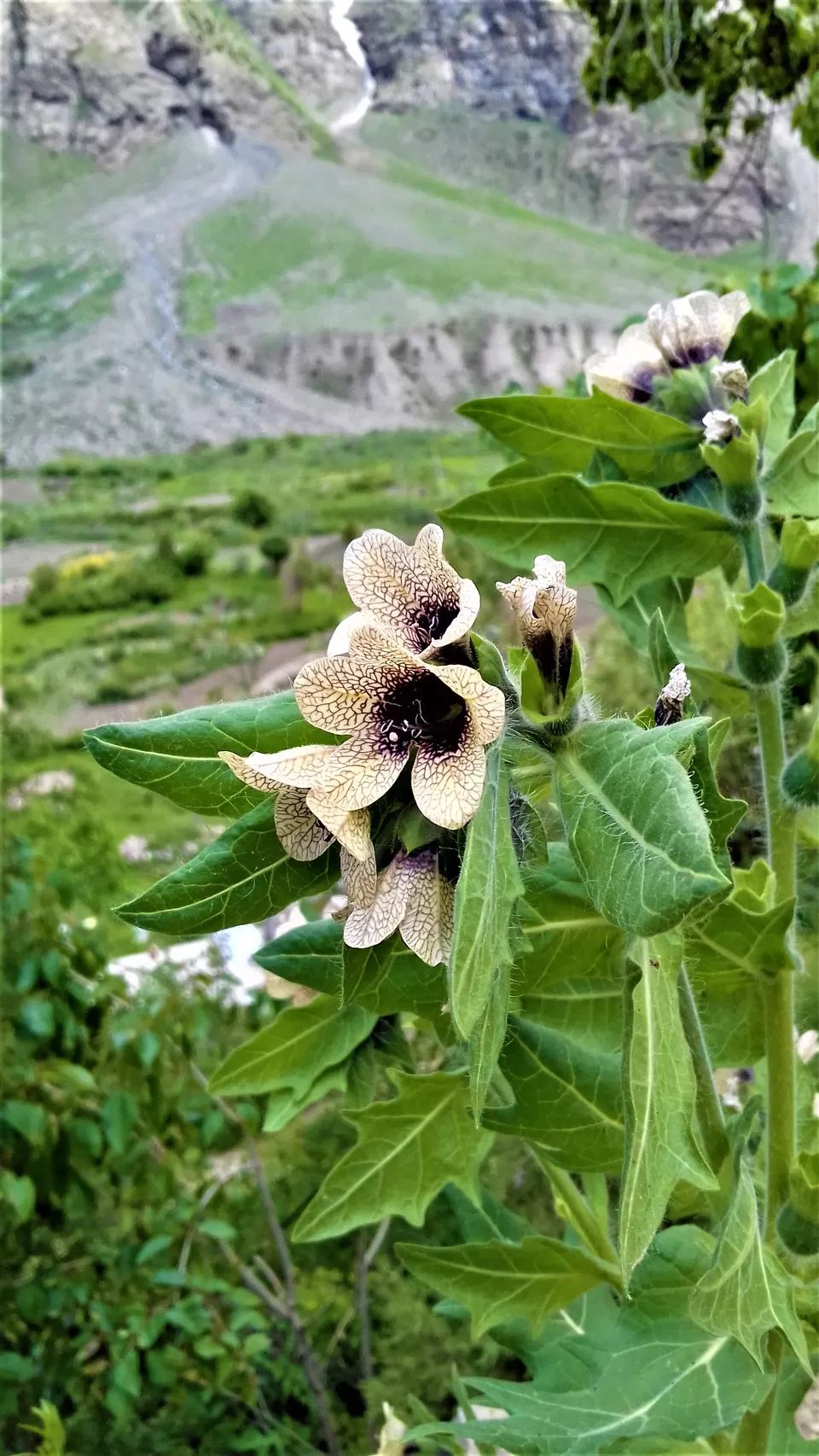
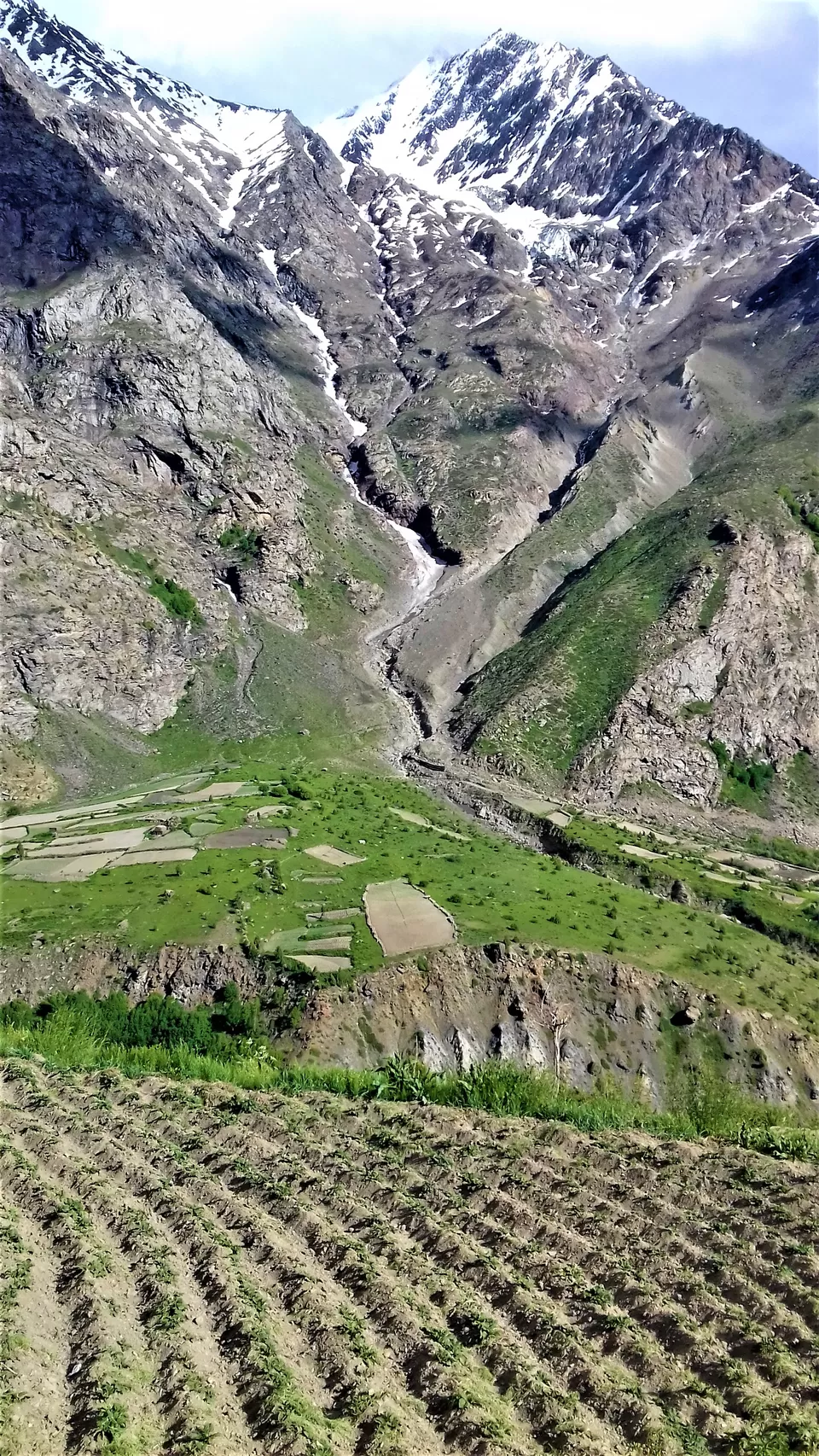
On this road, closer to the Retreat side, is the village of Khangsar, once the site of a palace of the Lahaul-Spiti chiefs, called Khangsar Khar, now in ruins. The people of the village had different opinions about the antiquity of the palace. A squat, squarish structure built of mud and ash bricks, somber grey in color, four-storeyed and dotted with windows, the palace looks quite imposing in its own way. The website of the Namgyal Institute of Research on Ladakhi Art and Culture (NIRLAC, http://nirlac.org/Khangsar_Palace.html) says that it is about two hundred years old and used to be the venue for the summer and winter Chozdpa festivals (held in March and August respectively), comprising ritual masked dance based on Indic (both Hindu, Buddhist) and animistic themes. There has been an attempt to revive these in recent years but, as we could tell from the upkeep of the place, it has been only a partial success. In the modern historical period, when the autonomous communities of Lahaul and Spiti had increasingly been subjected to political domination by the larger and better-organized polities of Ladakh/Kashmir, Kullu, Chamba and finally the British, these palaces had probably served as centers of local power and resistance.



The most exciting stop-over on this trek is the Gemur Gompa or temple-monastery, which lies between the Khangsar road and the Leh highway, but closer to the latter as the terrain dips gently towards the banks of the Bhaga river. Built around 700 years ago by some accounts, but 400 by others, of mud bricks, and painted white, the Gompa is not very impressive to look at from the outside. But inside its square courtyard, surrounded by a single-storey structure on three sides and a three-storey sanctum sanctorum with a gently sloping roof and attractive red and black wooden windows on the fourth one, it is said to be one of the richest monasteries of Lahaul.
Gemur was part of the wide network of monastic establishments that were built in the medieval (I use the word here in a broad sense covering the period 500-1500 CE) period across a wide arc of territories covering C Asia, Tibet and Himalayan India to support Buddhist groups and practices by both spiritual and temporal authorities and interests. Spiritual and commercial travels between them eventually created a unified cultural-economic zone which cut across political boundaries.
It hosts the well-known ‘Devil Mask-Dance’ ritual festival every July. The Gompa has a large prayer hall, statues of Buddhist deities including a rare one of goddess Vajravarahi, stone sculptures, mural paintings, precious manuscripts and other Buddhist artifacts. Fortunately for us, the monastery was absolutely empty of monks and pilgrims that day, so that we had it all to ourselves. The old, lumbering caretaker monk needed some persuading but then opened up the Gompa for us. We hung around for quite some time, exploring the monks’ quarters and other areas inside. There was an air of desolation in the precinct and the lone monk, who had come from Ladakh a long time ago, looked lost in time. When we had established our pidgin communication, he told us that the monastery was usually uninhabited except for a few days in July, during the festival, when the place comes alive. He himself shifts out every winter to a more populated monastery.



We were back at the Retreat by around 6 pm. We relaxed in the evening at the hotel, watching the peaks become silhouettes as the sun went down. Later that night, I kept thinking about the monk at Gemur and his hard life in the monastery.
Day 4
The owner of the hotel, the young and gracious Lobzang Thakur, had organized a day-long trek for us to the smaller and lesser known Zong Gompa, in Tino village, a few kilometers down from the Leh Highway, visible from the Retreat. The location of this Gompa, which houses the idols of a few Buddhist deities, is an impossible looking cranny on the side of a rugged mountain slope. Reached by a flight of rough and ready stone steps and odd footholds, zig-zagging up the slope, the Gompa is a difficult climb. But once up in the Gompa, being treated to tea by its talkative priest who lives in Tino village and had guided us up, we were treated to spectacular vistas of snow-clad peaks again.





We returned to the hotel somewhat early, by 5 pm. The climb to the Zong Gompa is exhausting and we needed to rest at the Retreat. After a brief nap, I decided to explore the hotel a little. Kolong Retreat (www.kolongretreat.com) has several storeys, all of which open out to some level of the road, the service quarters, the balcony or the kitchen and dining. The interior is mostly simple and pleasant wood work. There are ten rooms of different sizes and ample lobby/lounge space. The Retreat is about 1.5 kilometres off the Leh highway and this shields it from traffic and dust, both of which can be considerable in the summer. The hotel offers great views of the peaks above and the valley below, as I have pointed out before. There is multi-cuisine dining available and a balcony sit-out provides a comfortable outdoor space to relax in. Lobzang, the owner, is always ready to help with information and logistics.
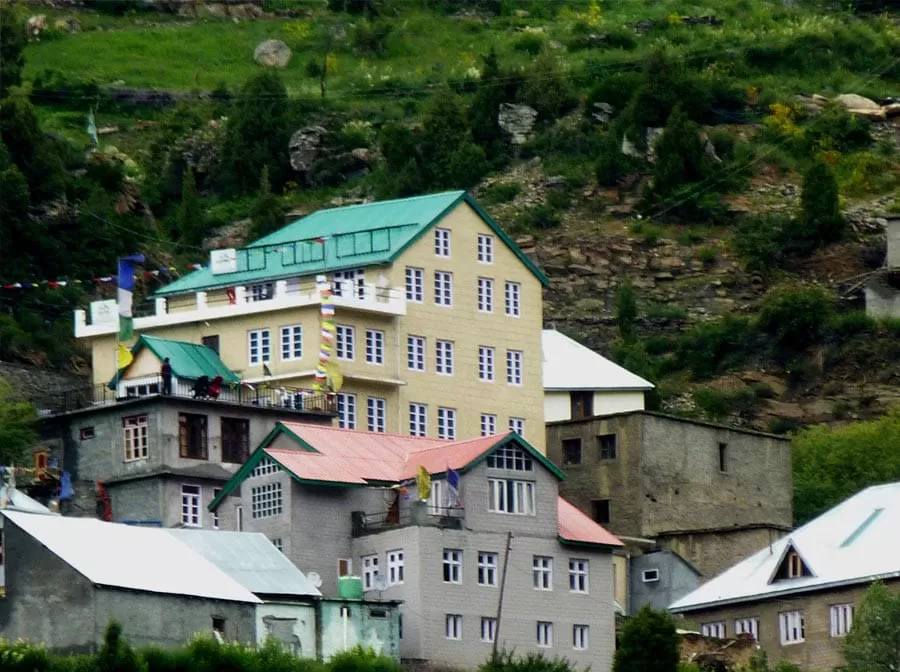
Lobzang’s family home is attached to the hotel, located somewhat lower down the slope. While it was abuzz with activity while we were there, when it becomes very cold in the winter, the house just shuts up, and the family remains indoors for several months, the women often knitting during this time. Festivals get concentrated in the months just before and after the cold spell. Life can get very harsh in these parts.
Day 5
We had a busy day ahead as this was going to be our last full day in Kolong Retreat, and we planned to head back to Manali, and eventually Shimla, the next day. In the morning we did another trek up a mountain cleft where a narrow but high waterfall had developed out of a melting snow-cap. There are many such impromptu treks that are possible in this area as long as you can take the unexpected in your stride. Of course, you need to make sure that you don’t lose communication with your hosts.



On the last day of the trip, we also did short driving trips to Keylong, the district headquarter, which was a modest but soporific town; to Khardang, the village of one of our friends in Shimla, the drive to which was one of the most thrilling on account of the narrowness of the road and the unexpectedness of the bends; and a few potato farms where we picked up Lahauli potatoes for ourselves and our friends in Shimla.
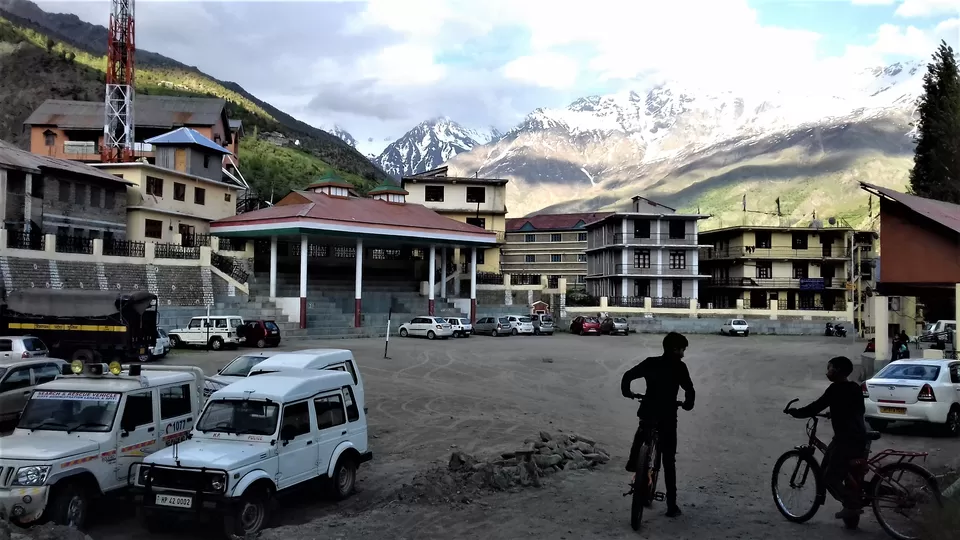
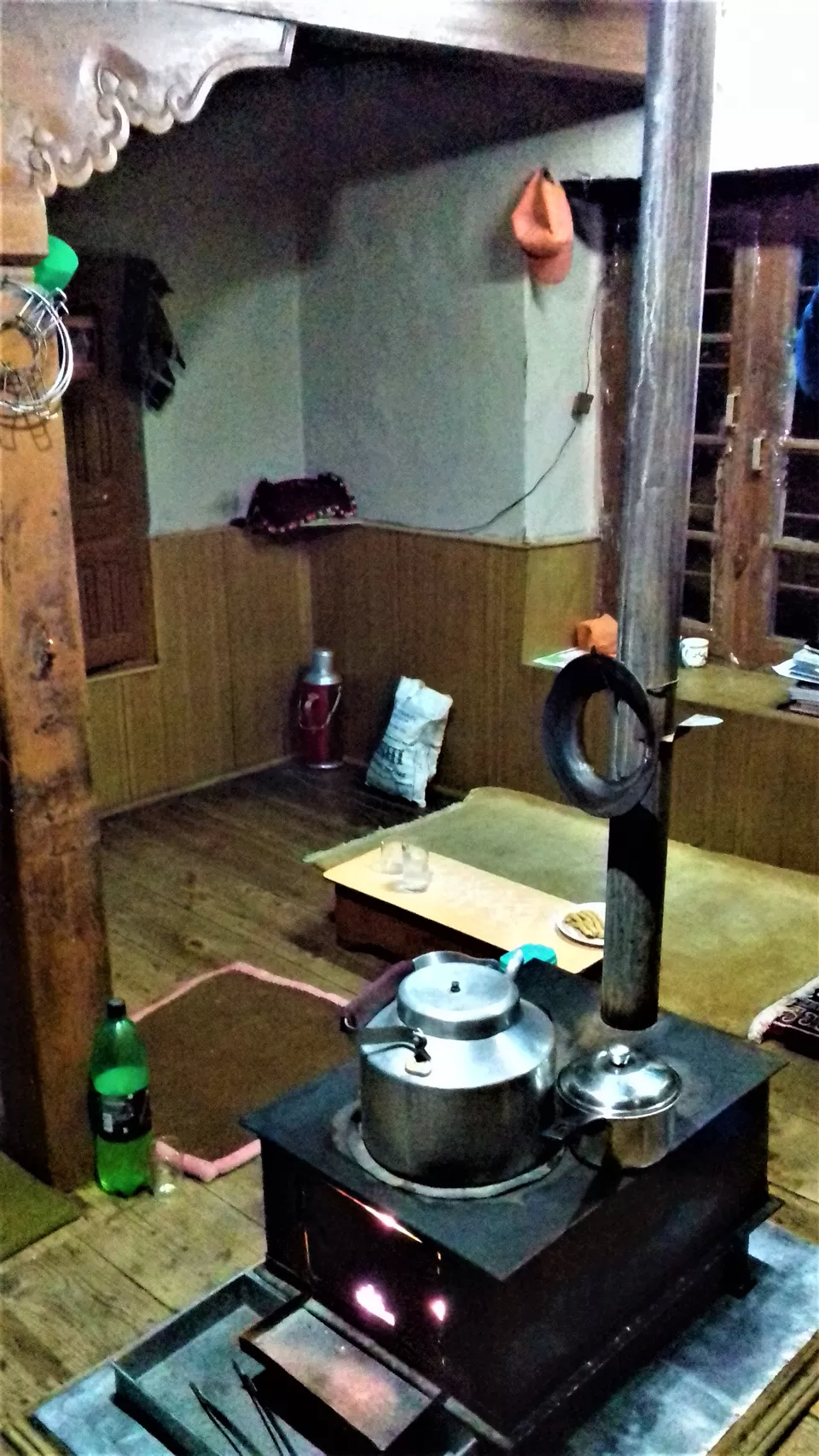

Day 6-7
We started back for Shimla via Manali. After you cross the Rohtang Pass, the traffic can be heavy so you need to be prepared. The rest of the journey was as enjoyable as on the way up. I can never have enough of the mountains. Ratnakar and I are hoping we can do another trip to Kolong Retreat. Perhaps walk along the banks of river Bhaga towards Jispa. But we are not based in Shimla anymore and that might make the trip a tad more difficult to do this time. But when the mountains call, it is difficult to resist!
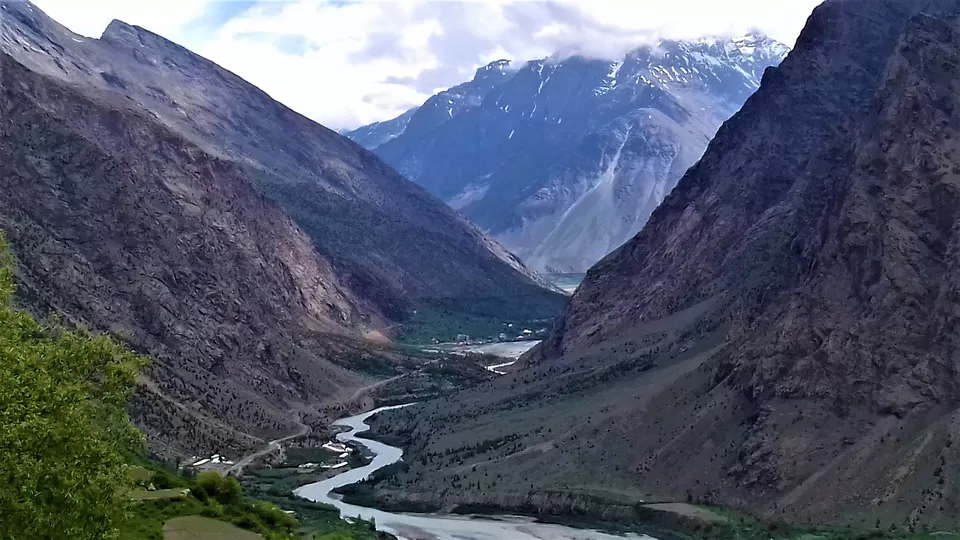
Bye for now. See you soon!

